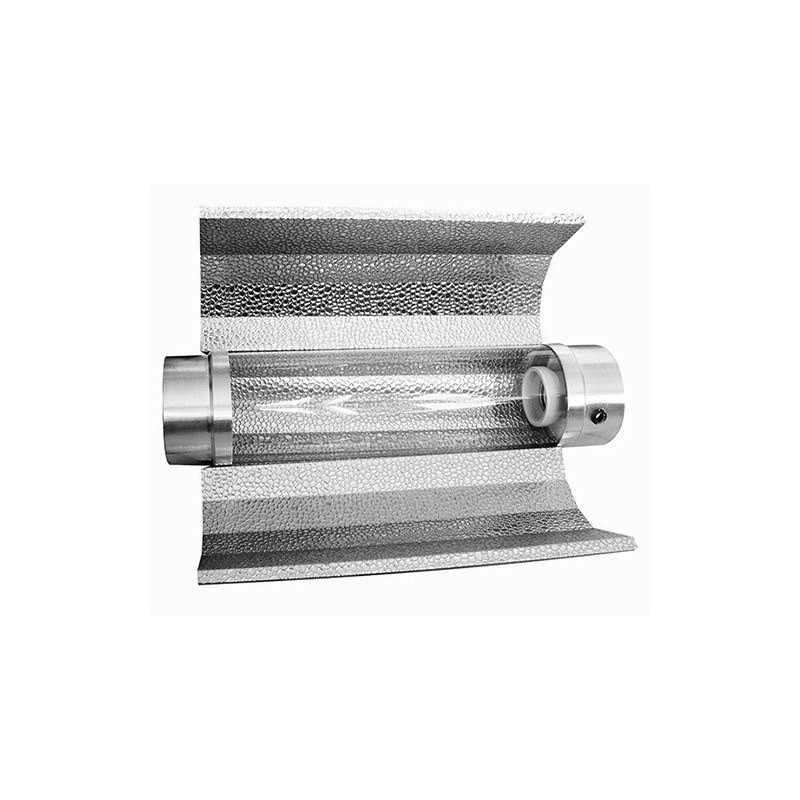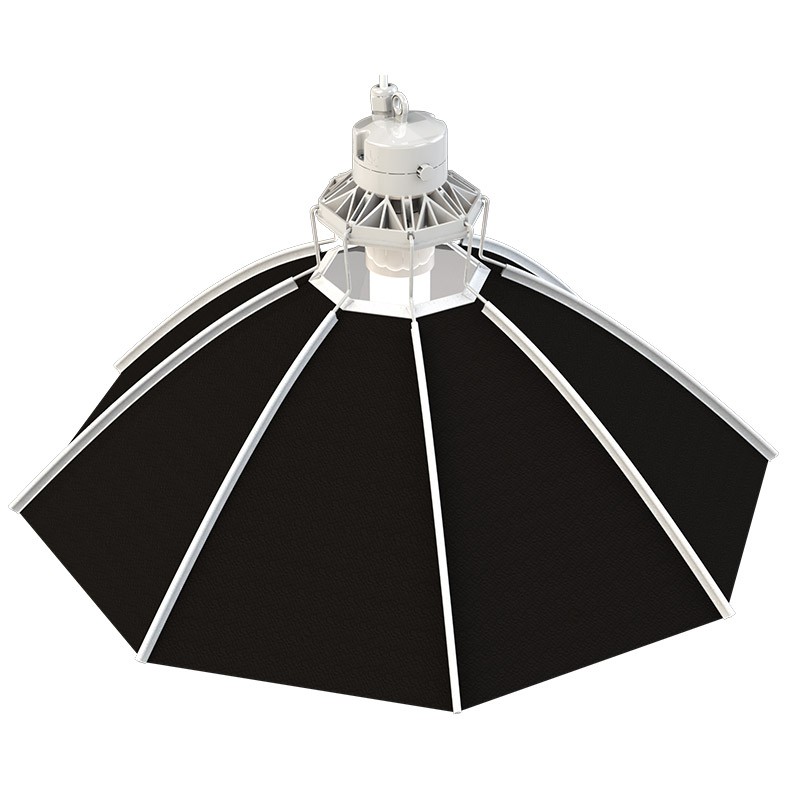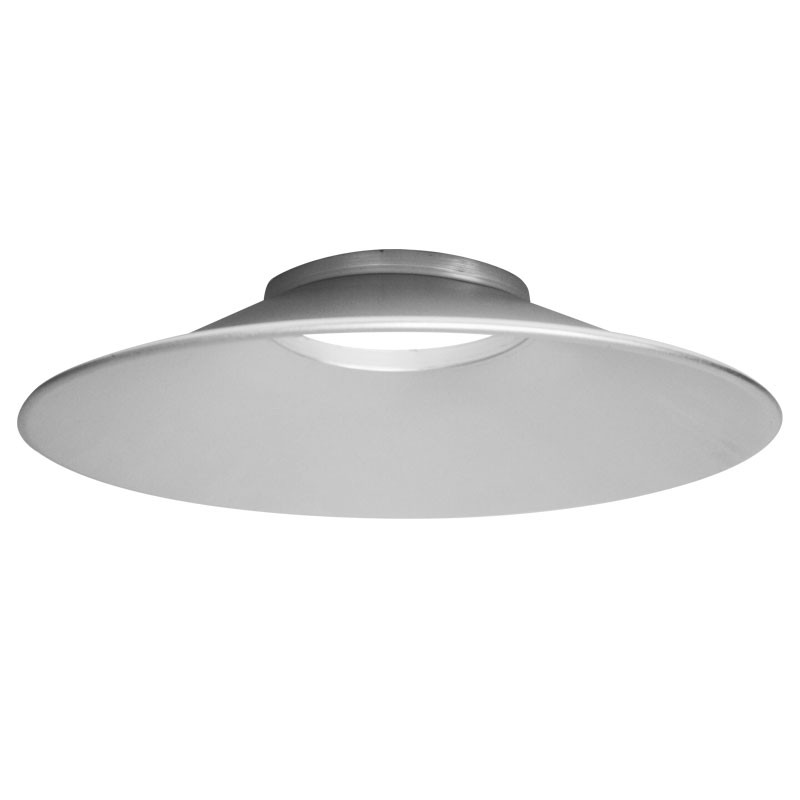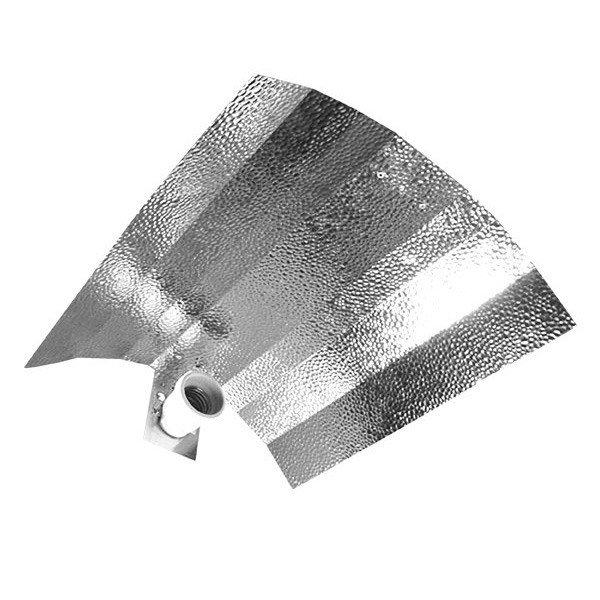Indoor growing requires a meticulous approach to lighting to ensure healthy plant growth. Horticultural reflectors play a key role in efficiently reflecting light, optimizing its use. In this guide, we'll explore the importance of reflectors, selection criteria, available types, reflective mylar film, and the Cool Tube for successful indoor growing.

The importance of horticultural reflectors
A reflector plays an essential role in indoor gardens, efficiently reflecting light (over 30%) to concentrate it evenly on the plants. Without a reflector, part of the light emitted by a horticultural bulb would be lost and would not reach the plants. It is therefore essential to use a reflector to maximize light utilization and achieve results similar to those of outdoor lighting.
Reflector selection criteria
When choosing a reflector to increase the light intensity of your grow room, several criteria need to be taken into account. The size of your growing space, the type of plant you're growing, the efficiency and quality of light reflection you require, and the type of bulb used (CFL, MH, HPS, etc.) are all important factors.
Reflector types
There are different types of reflector, such as horizontal or vertical. Basic or high-end open reflectors, with a "mirror" or hammered surface (for year-round temperature stability), as well as closed or glazed reflectors, which can be ventilated and cooled using an extractor, offer various options to meet your specific needs.
The Cool Tube: a recommended cooling solution
The Cool Tube is particularly recommended by Growshops as an efficient cooling system for HID lamps (MH and HPS). By connecting it to an extractor, this reflector protects your plants from the heat. It is highly appreciated by growers as it eliminates the risk of burning plants.
Using reflective mylar film
And don't forget reflective mylar film, such as Orcawhich can be used inside your grow room to improve light reflection.
In short, the use of a reflector allows you to concentrate light on your plants, optimizing lighting in your indoor garden. Take into account the size of your growing space, the type of plant, and the desired efficiency and quality of reflection when choosing your reflector.




